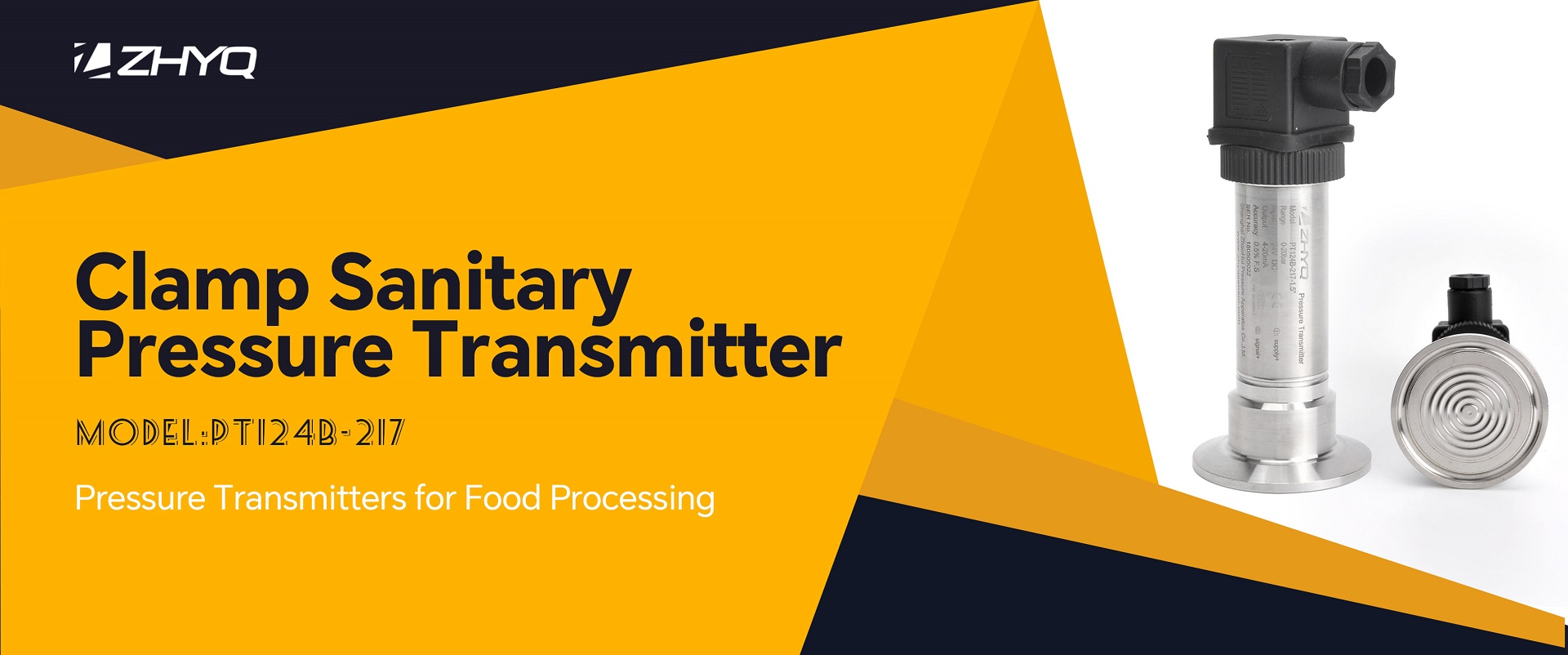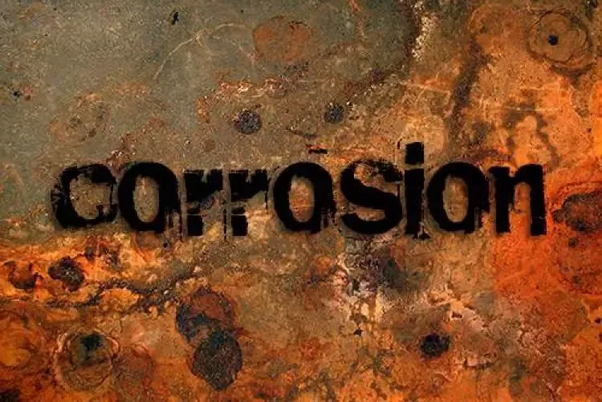
- Pressure Sensor, Pressure Transducer, Pressure Transmitter

- 2022-07-18
- Zhyq
- 57
Revolution In Concentration Measurement-In-line Process Refractometer
Traditional concentration measurement method has been chosen and implemented by most of relative industries nowadays. It relays on manual measurement method to monitor variations in concentration. There are too many factors that might leads to inaccurate result. Hence, it will affect the quality of the products or cause issues in the whole system.
ZHYQ has recently self-developed a GND15 In-line Process Refractometer for in-line real-time monitoring and measuring the concentration of the solution in the system. GND15 adopts the principle of sapphire refraction for it relabel concentration measurement. It is installed in the operating system and provides real-time reading for concentration, temperature and refraction rates. The Accuracy is as high as ±0.3%. The instrument also comes with a reasonable large size touch screen for more convenient management. The element displayed on the screen are concentration (%), Temperature (℃) and Refraction Rate (nD). All connection parts were made by 316L stainless steel. The shell has IP67 protection rate which can be used in variable extreme working environment. The nature of this instrument can help manufacturers save lots of their cost from manual labour, water, material and energy.
GND 15 In-line Process Refractometer has been used widely in different industries such as food and beverage, petroleum, chemical and mining industries. The product is mainly used for the preparation and detection of the weight percentage and concentration of the cooling emulsion in the machining industry and the m-IO and MDT emulsion commonly used in mines. It provides a convenient method for the preparation of emulsion safely and economically.
The list below are some examples of what GND15 can be used to test.
1.Fine chemical products:
emulsion, castor oil, pigment, paint, ink, paint, emulsion, brake fluid, antifreeze, etc;
2.Chemical raw materials:
alcohol, n-butanol, dimethyl silicone oil, dispersant, tripropylene glycol, ethanol, ethylene glycol, acetic acid, acrylic acid, ethyl acetate, methanol, alum, ammonium tungstate, sodium molybdate, ammonium molybdate, solvent, etc;
3.Fuel oil:
crude oil, heavy oil, residual oil, oil, diesel oil, lubricating oil, coal tar, electrical insulation oil, aviation gasoline, gasoline, transformer oil and other light oil;
4.Slurry:
mud water, sludge, coal slime water, iron pulp, pulp, paper pulp, coal water slurry, mud, etc;
Leave Your Inquiry
Your email address will not be published. Required fields are marked *


